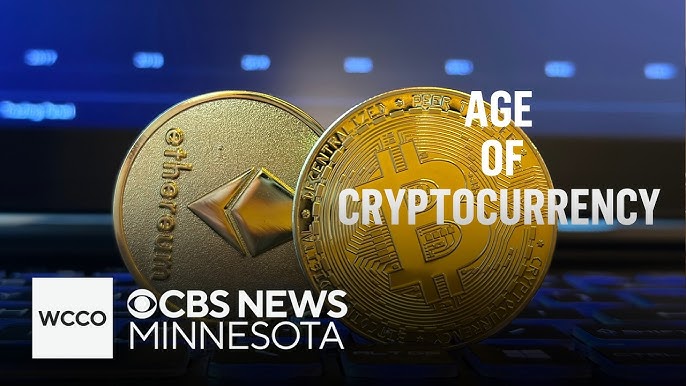If you’re intrigued by the world of cryptocurrency and DeFi (Decentralized Finance), you’ve likely heard the term “liquidity mining.” This guide aims to simplify the concept of liquidity mining, allowing you to gain a clearer understanding of this vital aspect of the crypto space.
What is Liquidity Mining?
Liquidity mining, also referred to as yield farming, is a system in which users provide liquidity to a platform, typically through a decentralized exchange (DEX). In return, these users are rewarded with tokens. It’s a way of earning passive income using the assets that users already hold in their wallets.
How Does Liquidity Mining Work?
In liquidity mining, a user deposits their tokens into a liquidity pool. This pool is used to facilitate transactions on the platform, allowing users to trade between different tokens. When you deposit your tokens into the pool, you receive LP (Liquidity Provider) tokens in return. These tokens represent your share of the liquidity pool and the income that it generates.
The Role of Smart Contracts
At the heart of liquidity mining are smart contracts – self-executing contracts with the terms of the agreement directly written into code. These contracts automatically execute transactions once certain conditions are met. In the case of liquidity mining, the smart contract will distribute rewards (in the form of tokens) to liquidity providers based on the proportion of liquidity they’ve provided to the pool.
Benefits and Risks of Liquidity Mining
Liquidity mining comes with its set of benefits and risks. On the one hand, it can provide a considerable return on investment if the value of the rewarded tokens increases. On the other hand, it’s not without risks. One of the main risks is “impermanent loss,” which can occur when the prices of the tokens in the pool fluctuate significantly. It’s essential to weigh these factors before getting into liquidity mining.
Practical Tips for Liquidity Mining
- Research the platform and the token: Before providing liquidity, make sure to thoroughly research the platform and the token. Look at the token’s utility, its performance, and the reputation of the platform.
- Understand the risks: As mentioned, liquidity mining comes with risks, such as impermanent loss. Make sure to fully understand these risks before you start.
- Start small: If you’re new to liquidity mining, it might be a good idea to start with a small amount and gradually increase your investment as you gain more experience.
FAQ
What is the role of tokens in liquidity mining?
Tokens are used as a reward for providing liquidity. When you deposit your tokens into a liquidity pool, you receive LP tokens in return, which represent your share of the pool and the income it generates.
What is impermanent loss in liquidity mining?
Impermanent loss is a risk in liquidity mining that occurs when the price of the tokens in the pool fluctuates significantly. This can lead to a situation where the liquidity provider would have been better off holding onto their tokens rather than providing them as liquidity.
Can anyone participate in liquidity mining?
Yes, anyone can participate in liquidity mining as long as they have the required tokens to deposit into the liquidity pool.
With the information provided in this guide, you should now have a fundamental understanding of liquidity mining and how it operates within the crypto space. But remember, while it can be a lucrative venture, it’s crucial to thoroughly understand the risks involved and do your research before diving in.
